Escape From Alcatraz: The Prisoners Behind The 1962 Escape Plan
Alcatraz is infamous in the history of US prisons. Its location on a small island in the cold waters of San Francisco Bay made it impossible to escape – at least that was the idea. Any inmate brave enough to try would have to swim over a mile in frigid water with a strong current before they could make it to land.
Between its opening in 1934 and its closing in 1963, a total of 36 inmates tried to escape their incarcerated fate. The most famous case came in June of 1962. Since the prisoners were never captured and their bodies were never found, their fate was uncertain for a long time. However, decades later, new evidence came in that made authorities reopen their investigation. What did they learn?
John Anglin Writes a Letter
In 2013, a letter was sent to the San Francisco Police Department. “My name is John Anglin,” the letter began, “I escaped from Alcatraz in June 1962 with my brother Clarence and Frank Morris.”
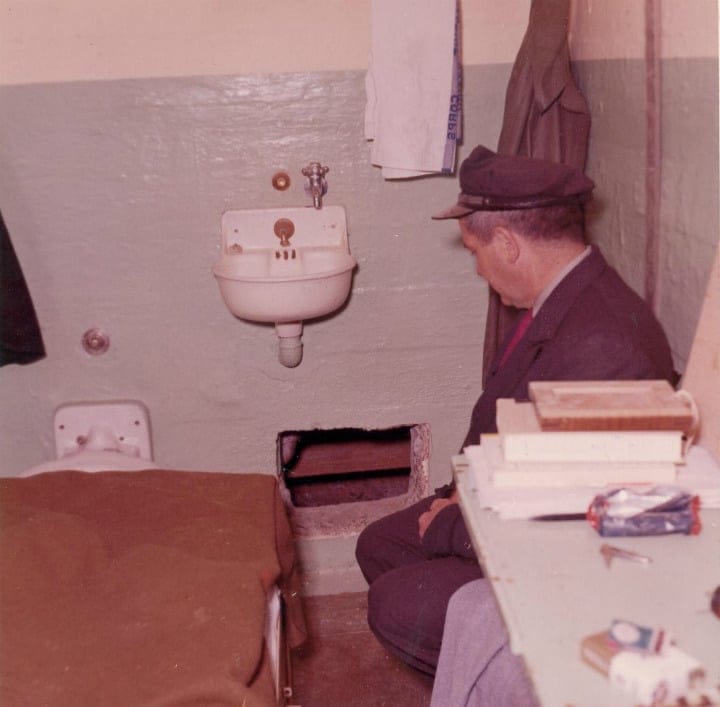
FBI Media
The escape of John Anglin, Clarence Anglin, and Frank Morris from the “inescapable” Alcatraz prison in 1962 has haunted law enforcement for many years. In the ‘60s, it was assumed that all three drowned in the frigid waters, but how accurate was this assumption? No bodies were found. Could this letter be true?
How the Letter Was Handled
The infamous escape from Alcatraz has stumped officers for many years. After a thorough search, they had to drop it for other cases – leaving it unsolved. Now, decades after the fact, a letter comes in claiming the escapees were successful.
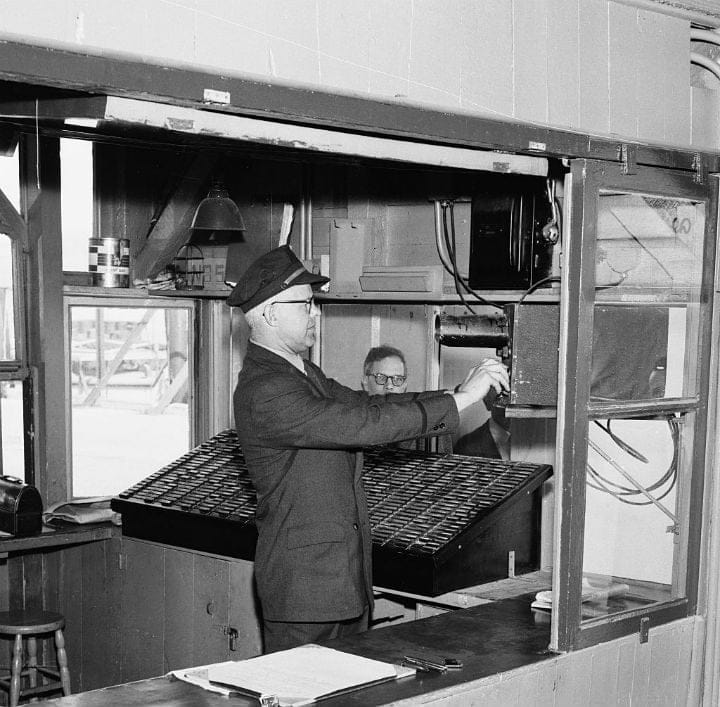
Bettman/Getty Images
What was law enforcement supposed to do with this new piece of “evidence?” At first, they were skeptical – the letter arrived in 2013, but it wasn’t until the early part of 2018 that the FBI decided to re-open its investigation.
An Unbelievable Escape
Alcatraz was a federal prison designated for the worst of the worst. Some of the most notorious criminals of the 20th century – men like Al Capone, George “Machine Gun” Kelly, and Alvin “Creepy” Karpis – spent time confined in its cells.

Getty Images/Timothy A Clary/AFP
It was designed to keep them far away from the rest of American society. The prisoners took it as a challenge. Despite the considerable risk, roughly 14 escape attempts were made before the closure of Alcatraz in 1963. What made John, Clarence, and Frank’s escape so special?
Rough Odds
The plan itself was pretty straightforward – namely, escape from Alcatraz – but the flawless execution of the plan was a lot more complex. It would require a coordinated team effort over a long period of time.
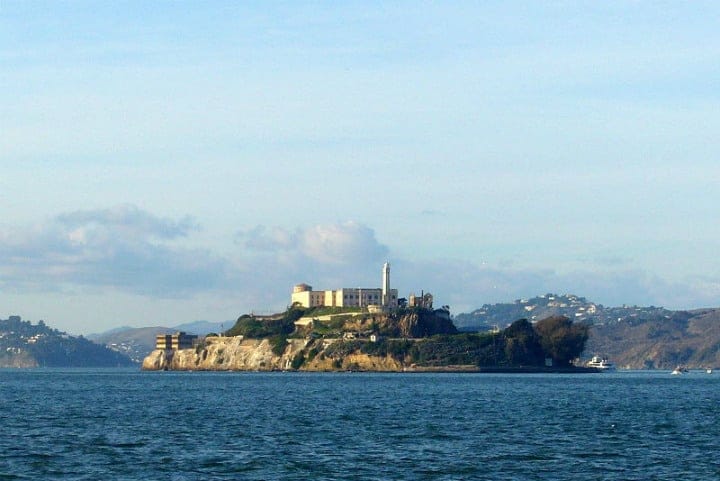
Wikimedia Commons
Many tried before and, to be honest, the track record didn’t look too good – none of the previous escapees pulled it off! Of the 36 or so who tried, two drowned, five probably drowned, six were fatally shot, and 23 were caught and returned to prison.
The Escape Begins
Although three escaped, there were four involved in the original plan. Alongside brothers John and Clarence Anglin, there was Frank Lee Morris and Allen West. All four of them had adjacent cells at Alcatraz – and plenty of prison time to plan an escape!
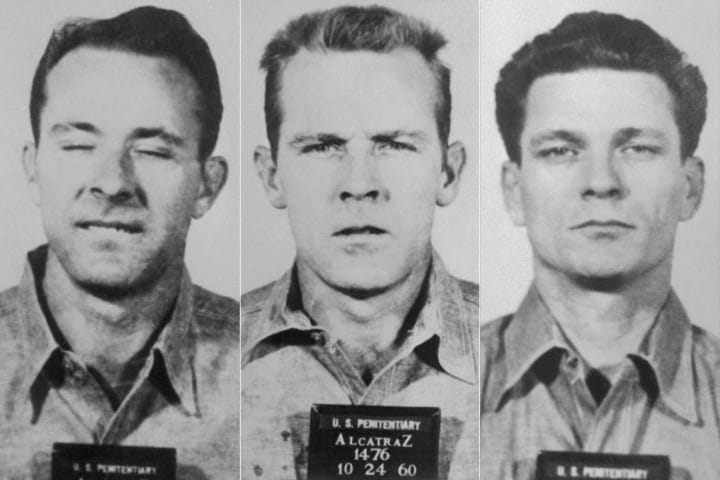
Getty Images/Bettmann
Each member of the escape crew recognized each other from time spent in jails in Florida and Georgia. So, when they saw that they were bunked next to each other in Alcatraz, they decided to hatch a plan.
Frank Morris’s Background
Frank Morris had a rough life. At the age of 11, he was orphaned. After that, he spent most of his time in institutions – foster homes or prisons. Morris was first convicted of a crime at age 13, and many more came during his teen years.
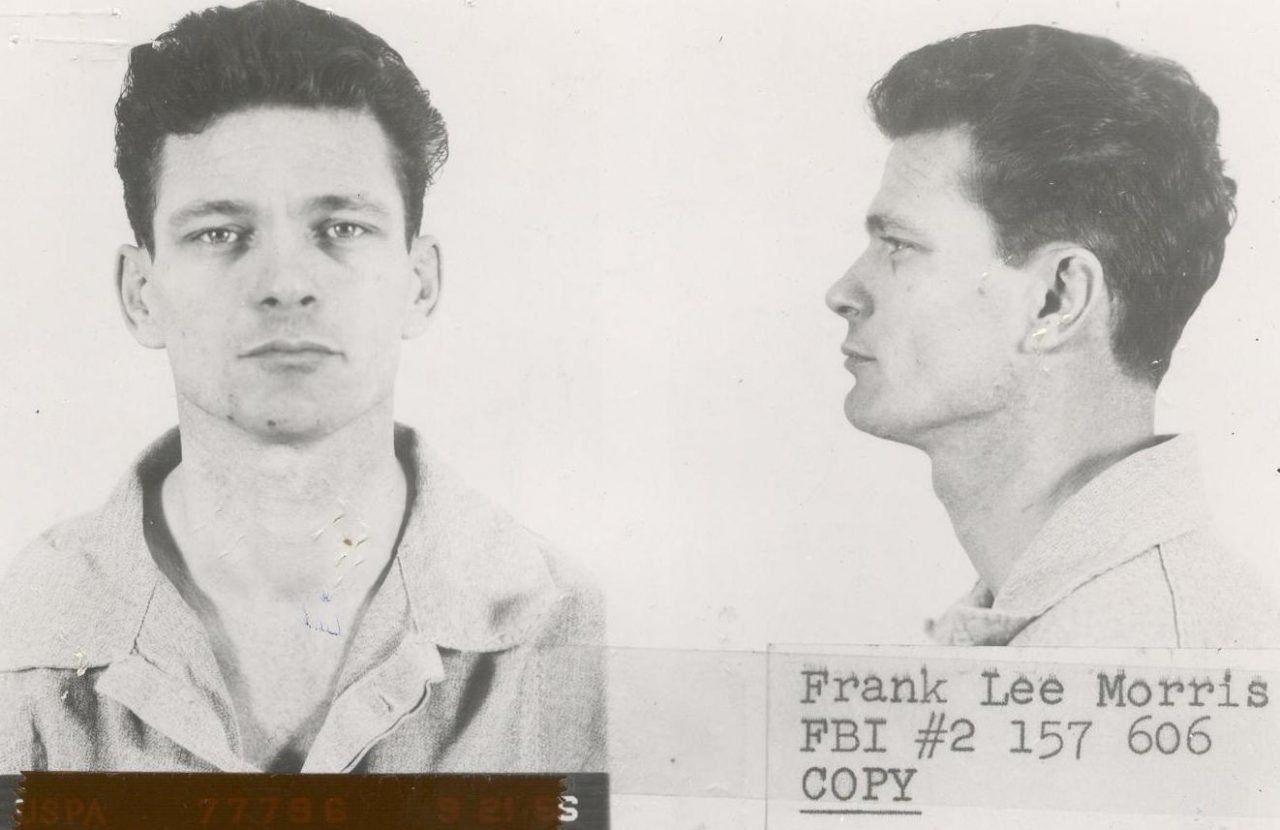
FBI Media
He spent his 20s and 30s in and out of jail for a variety of crimes (narcotics, robbery, larceny). After he escaped from a Louisiana prison, he was sent to Alcatraz. By that time, he was highly intelligent and cunning.
Not a Newbie
As seen from above, Frank wasn’t a newbie to prison life. After serving a few stints here and there (mostly Florida and Georgia), he was given a long sentence at Louisiana State Penitentiary, the so-called “Alcatraz of the South.”
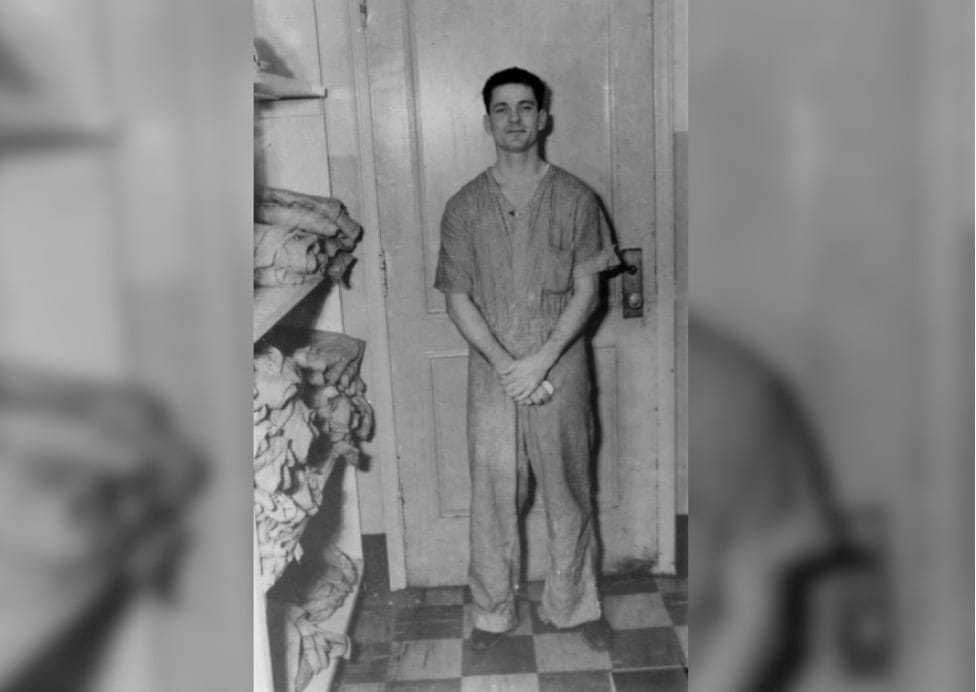
FBI Media
The sentence was 10 years for bank robbery. Frank quickly hatched a plan to escape, and successfully pulled it off! He lived on the run for about a year before getting caught again (for another robbery). After that, he was sent to Alcatraz.
The Anglin Brothers
Frank Morris’s mind was on escape the moment he got to Alcatraz prison. However, this one would be more difficult, so he decided to team up with the Anglin brothers and Allen West.
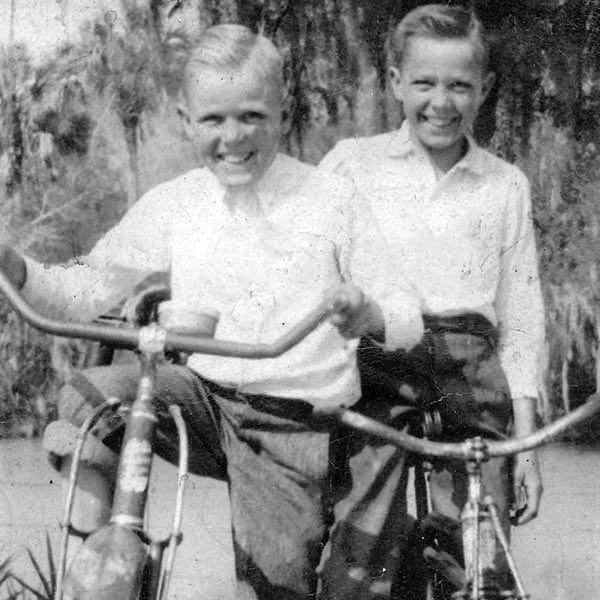
Anglin Brothers Museum
The Anglin brothers hailed from Georgia. Born to Rachael and George Anglin, the brothers were two of 13 siblings. Since their parents did seasonal farm work, they moved around a lot – anywhere from Florida to Michigan. Every summer, they would head up north for the cherry-picking season.
The Brothers’ Criminal Background
While growing up, John and Clarence were inseparable. When the family was up north in Lake Michigan, they learned to become accomplished swimmers – so much so, that they were able to swim comfortably even when there was ice!
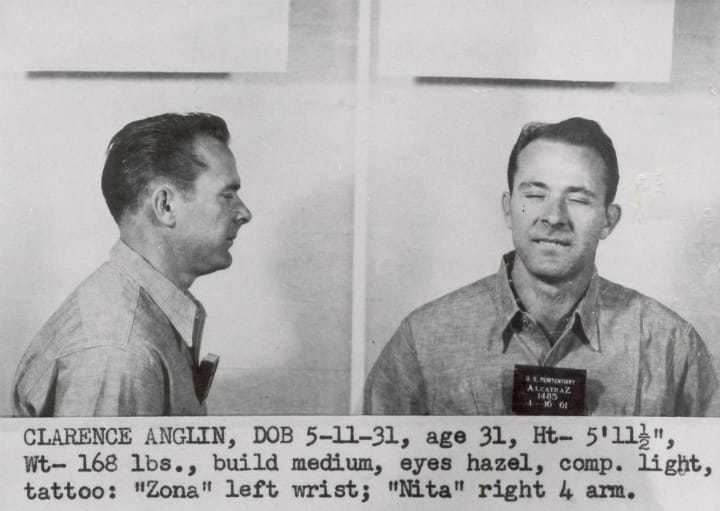
FBI Media
During their adult years, the Anglin brothers turned from picking cherries to robbing businesses and banks. They were successful for a while in the early ‘50s. However, in 1958, they were caught trying to rob a bank in Alabama and given 35-year sentences.
The Escape Group Forms
The brothers weren’t excited about their 35-year sentence, so they tried (multiple times) to escape from the Atlanta Penitentiary. Eventually, the authorities were fed up and sent them off to Alcatraz – the inescapable prison. They got a cell next to Frank Morris, who was also there because of an escape attempt.
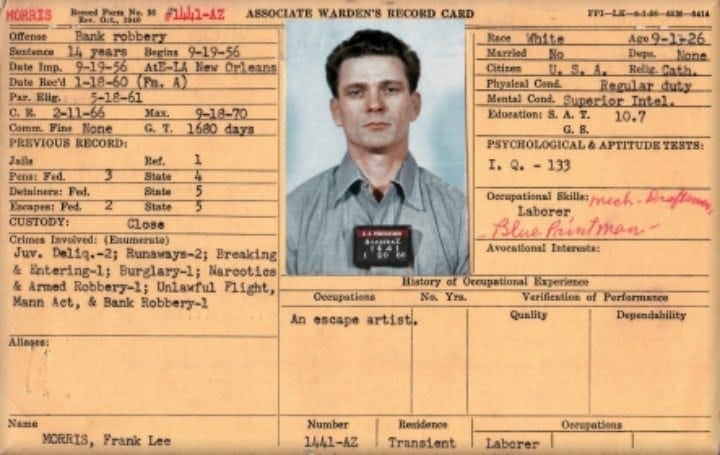
Alcatraz History
Along with Allen West, the four prisoners had plenty of experience surviving in prison and planning prison escapes. They pooled their knowledge together and hatched a plan to leave “The Rock.”
Gathering Tools
One thing that helped the crew out was the fact that Alcatraz was a factory alongside being a prison. Inmates produced furniture, clothes, shoes, and more for the US military. In other words, there were plenty of tools lying around.
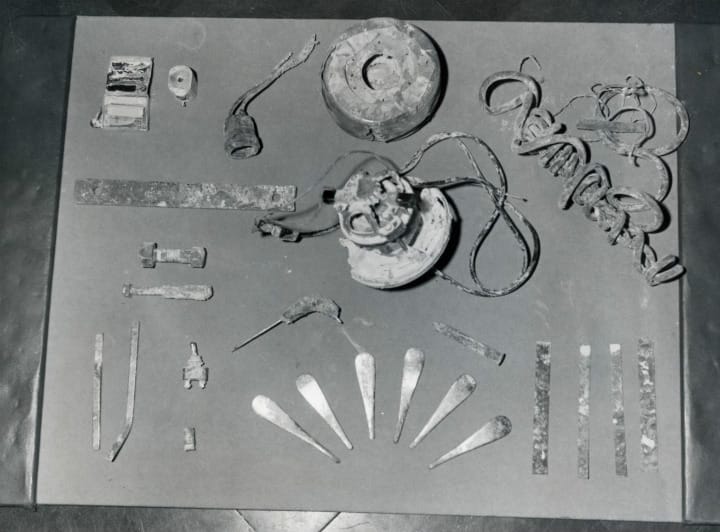
FBI Media
Another thing that worked out for them was the fact that most Alcatraz prisoners were there for violent crimes. That means the guards were equally wary of everyone, and if the group kept up some good behavior, then they could fly under the radar.
A Clever Plan
Slowly, the four men implemented their plan – which, to be fair, was quite clever. To trick the guards, they planned on leaving behind fake dummy heads in their beds to make it look like they were sleeping.
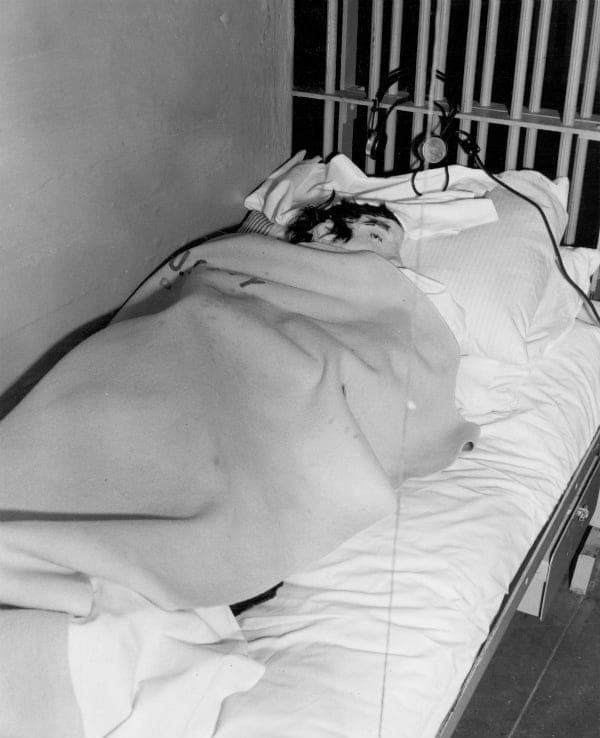
FBI Media
The dummy heads would be useful as a way to safely escape from their cell. However, once outside of their cell, they would still have to find a way out of the prison and then off the island. The stakes were high – Alcatraz guards shot those who attempted to escape.
Making Everything
Each of the crew members was assigned a task to ensure that everything would get done. John and Clarence Anglin were to make the dummy heads meant to act as decoys for the guards at night doing their headcount.
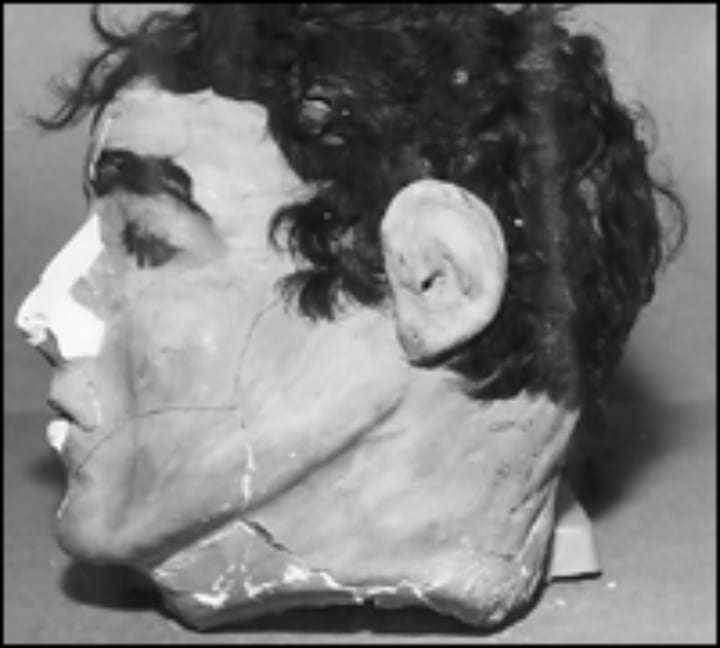
FBI Media
The Anglin brothers crafted the masks from soap, toothpaste, toilet paper, and actual human hair (from the Alcatraz barbershop). Although crude, they did the job. Frank Morris set about creating a device to inflate the raft they were going to use.
Digging Tunnels
Alongside the inflatable device and dummy heads, the crew created tools for chiseling through concrete. They did so by stealing spoons from the mess hall and wood from the workshop. Although crude, the tools worked.
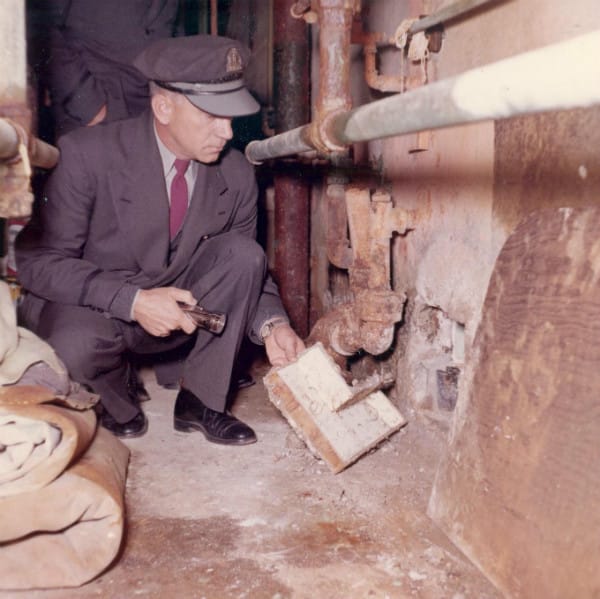
FBI Media
For around 3.5 hours every evening, they (quietly) unscrewed the bolts from the vents in their cell and began chipping into the concrete. The work must have been painstakingly slow. However, over time, they were able to create holes big enough to crawl through.
Alcatraz’s Walls Were Already Deteriorating
Although it might have seemed like an impossible task, the crew was helped along by the fact that the walls of Alcatraz were already deteriorating in many ways. Being located on an island meant that saltwater came through, and saltwater meant rust.

Flickr
Showering pipes and kitchen pipes were being eaten away by the salt. Over time, this damage to the pipes spread to the prison walls as well and caused the concrete to loosen up. For the gang that meant easier digging.
Masking the Noise
Someone would have heard all that noise, right? Surprisingly, not. In the early 1960s, there were a variety of prison reforms – one of them being a music hour. During that time, inmates were allowed to listen or play music as much as they wanted. Hence, there was a lot of helpful noise!

Robert Alexander/Getty Images
On top of that, Frank Morris was a fan of the accordion and loved to play it loudly. That musical cover-up added an extra layer of safety to their nightly digging.
To the Roof
The design of the prison was perfect for a gang of potential escapees. Behind their cells was an unguarded corridor full of pipes that connected the floors. The inmates planned to climb up the pipes all the way to the roof.
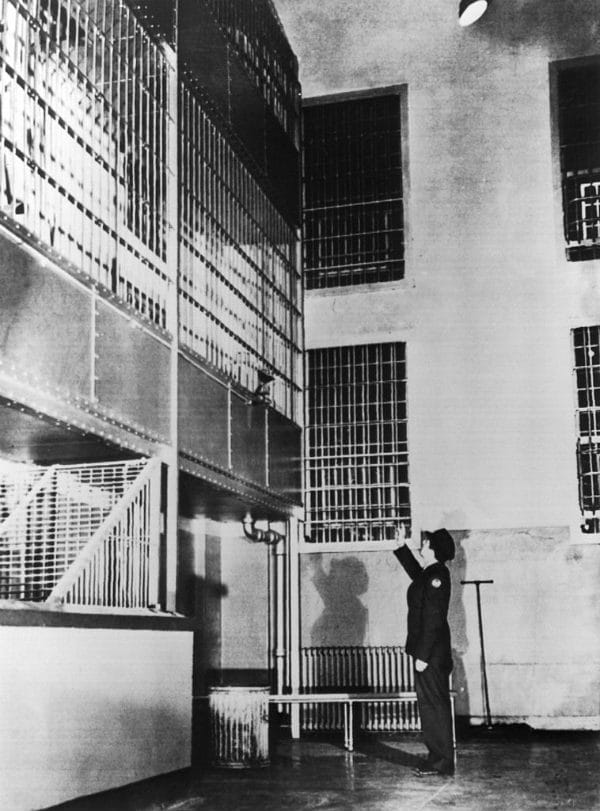
Keystone France/Getty Images
Near the roof, however, things got a bit more complicated. A series of large shafts cut off easy access to the roof. Luckily, they were able to find one that wasn’t sealed shut – it could be opened with a wrench.
Life Vests and a Raft
Frank Morris and the Anglin brothers finished chipping through the concrete to the unguarded corridor by May 1962. Although the holes were far from spacious, they were the right size for them to fit through.
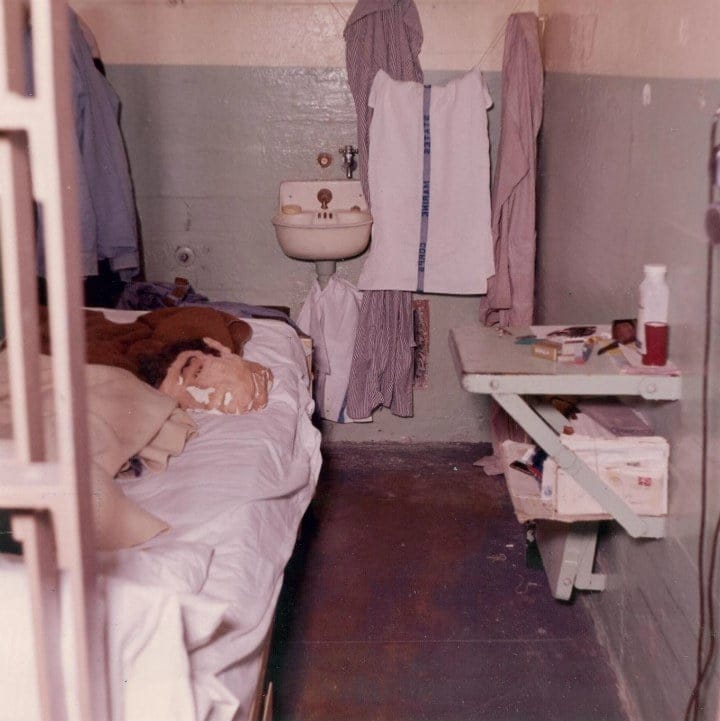
FBI Media
They turned their attention to gathering raincoats and stitching them together to create life vests and a raft. Remarkably, they were able to gather more than 50 without anyone noticing. The vests and the raft would be essential if they wanted to safely escape the island.
Waiting for Allen
Frank Morris and the Anglin brothers finished digging their holes through the loose cement in May of 1962. However, they decided to wait around for Allen West to finish his – perhaps to ensure that he didn’t rat on them.
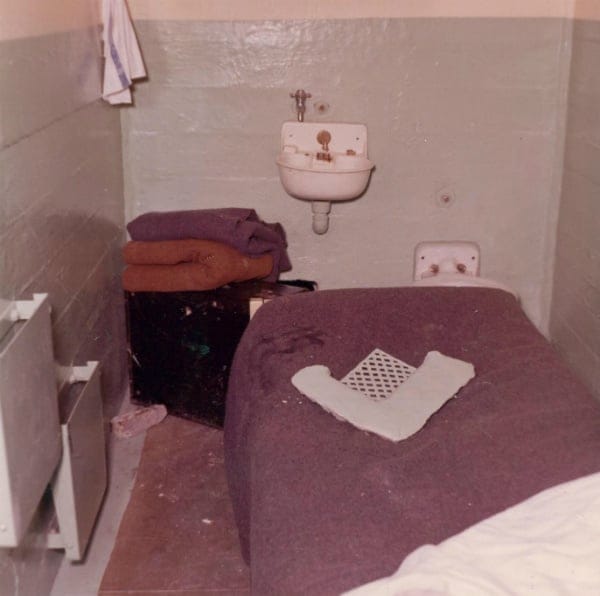
FBI Media
Whatever the reason, they didn’t have to wait that long. In the early part of June 1962, Allen West chiseled a hole big enough for him to crawl through. The crew was finally ready to escape from the legendary Alcatraz.
The Big Night
Would they make it out alive? Historically speaking, escaping Alcatraz was known to be impossible. Plenty of prisoners had tried, and none had escaped successfully. Although it was risky, the group of prisoners thought it was better than spending their lives behind bars.
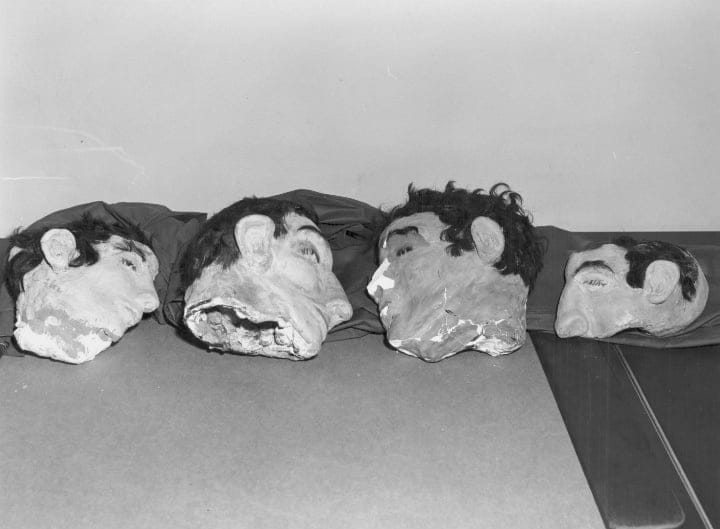
FBI Media
The dream of living free was just too captivating for them to be overly worried about the risks. So, on the night of June 11th, the crew put the decoys in their bunks, opened up the vents, and crawled through.
The Plan Doesn’t Go According to Plan
Frank Morris and the Anglin brothers quickly squeezed through the holes they dug and got to the unguarded corridor. Allen West, however, was having trouble. He assumed the hole he dug was big enough. Unfortunately, it wasn’t – he couldn’t get through.
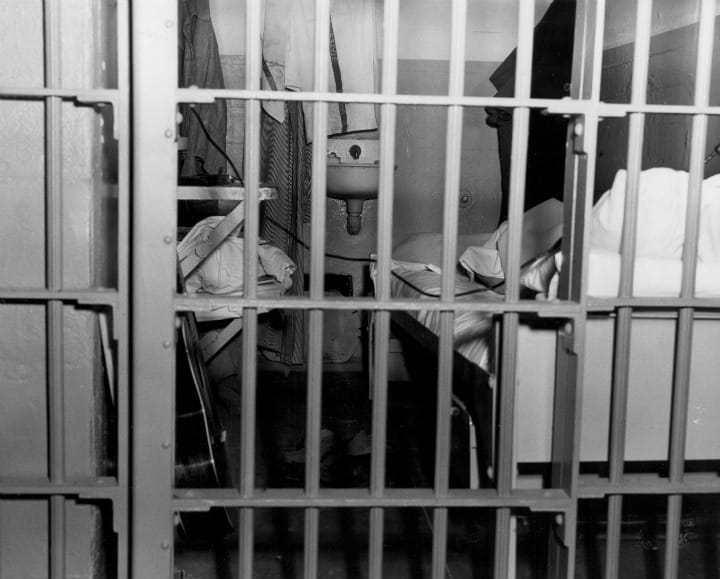
FBI Media
Frank Morris spent a while trying to help him out. West was able to pass Morris a glass of water but not much else could get through. They came to the unfortunate conclusion that West had to stay behind.
Leaving West Behind
Although it was a tough decision – considering the four worked together for months – it was a decision that had to be made. Widening the hole would waste too much time, cause too much noise, and increase the risk of guards coming around to check on the cells.

FBI Media
Crestfallen, Allen West moved back to his bunk and pretended to sleep. As he did, the remaining three men grabbed onto the pipes and climbed thirty feet or so until they reached the roof.
Getting to the Shore
The trio managed the climb up without any trouble. Once they were on the roof, the next challenge was to (quietly) scoot across 100 feet or so. After that, the gang grabbed a hold of some piping and scaled-down the prison walls for 50 feet.
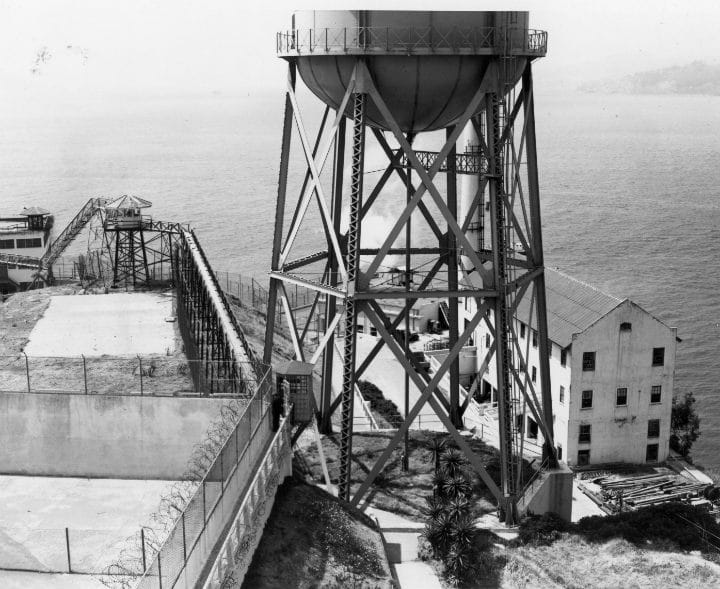
FBI Media
This dropped them off near the showers. Since it was guarded, they had to very carefully sneak by them – which they did. The gang made their way down to the shore to get the life vests and raft ready.
The Alarm
Frank Morris and the Anglin brothers made it to the shore without being seen. Although impossible to know, investigators assume it was around 11:30 or so. After inflating the raft, the three escaped prisoners set off into San Francisco Bay. No one knows for sure what happened after that.
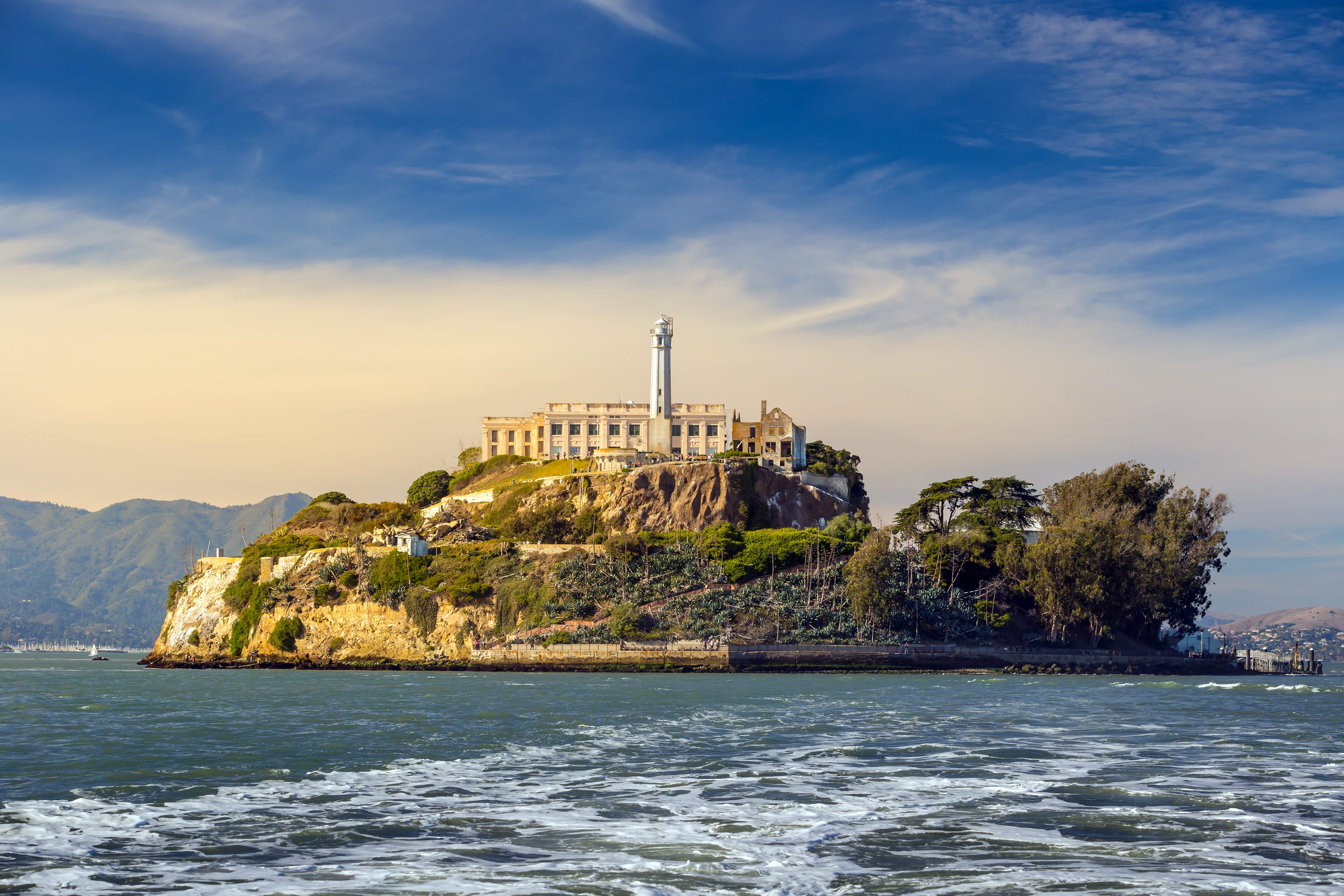
Lonely Planet
It wasn’t until the next morning that the prison guards found out what happened – three prisoners escaped! They rang out the sirens to wake everyone up and put the prison on high alert.
Allen West’s Second Attempt
Although Allen West was left behind as the three others climbed up the pipes to the roof, he didn’t give up so easily. He was determined to widen the hole in his cell until he could make it through.
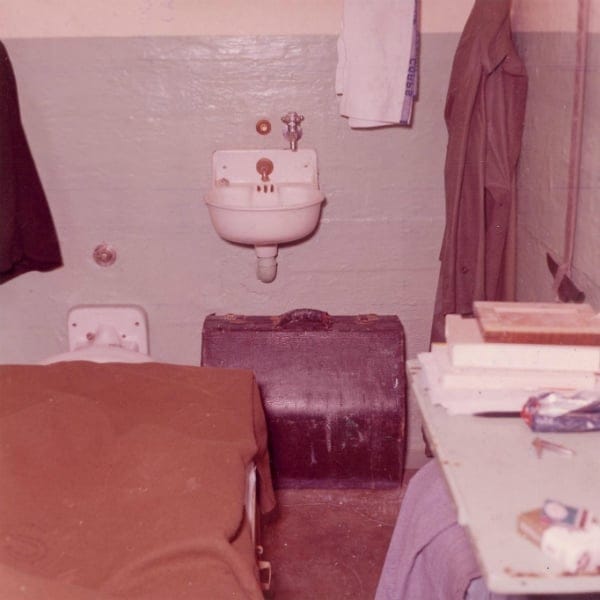
FBI Media
After a few hours, he was able to squeeze through and climb up to the rooftop. However, by that time, the three others were long gone. To swim in the freezing water would have been a death sentence, so Allen went back to his cell.
West’s Cooperation
It must have been a tough decision to make. Allen was out of his cell and on the rooftop, yet too far away to know if the others were still on the island. If he took the risk to find out, he could get caught – or shot.
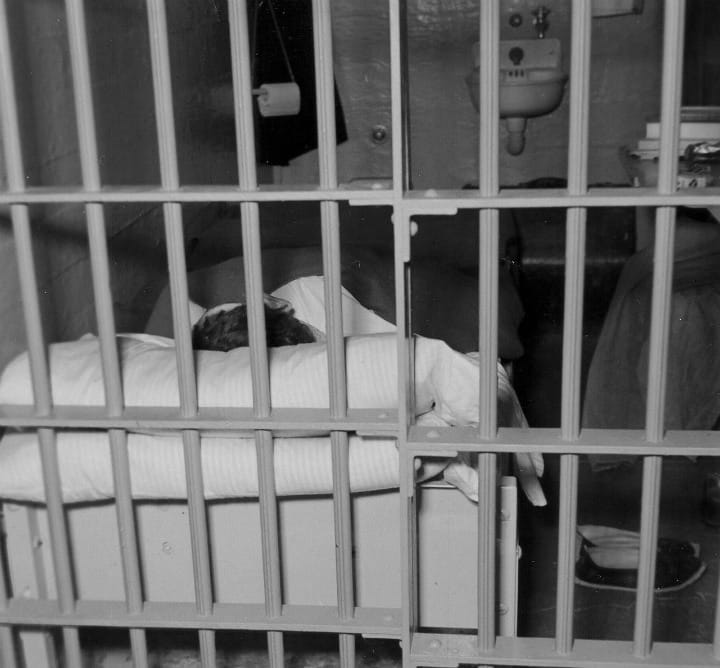
FBI Media
When the guards came knocking the next morning, West gave them his full cooperation. He said the gang planned to go to Angel Island, steal a car and clothes, and then go their separate ways.
The Investigation Begins
When the officers went to investigate stolen cars on Angel Island, they found that none had been reported in the last twelve days. Although that was the plan for Frank Morris and the Anglin brothers, it didn’t seem to work out that way.
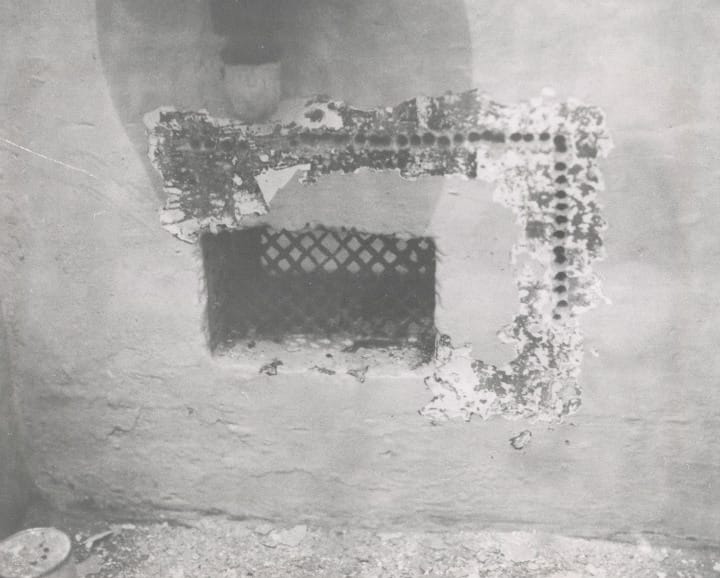
FBI Media
Did they even make it to Angel Island? Or did they end up somewhere else? Perhaps they drowned. It was hard to say, but the authorities wanted to investigate each possibility by opening up a formal investigation.
A Freezing Swim
Authorities searched the San Francisco Bay over the next few days. They didn’t find any bodies – only some personal belongings. The nightly water temperature around that time, however, hovered around 50 to 54 degrees (by contrast, most swimming pools are in the 70s).

Bettman/Getty Images
Although not impossible to swim, it was very unlikely. Experts give the average adult around 20 minutes before vital body functions start to fail. The prisoners were used to warmer water in Alcatraz, so they wouldn’t fare well in the bay.
The Investigation Officially Ends
The prison escape continued to get investigated. About a month later, a passing boat spotted a body a few miles from the Golden Gate Bridge. Supposedly, the body had the clothing of an Alcatraz prisoner, but when investigators went to look for it, it was never found.
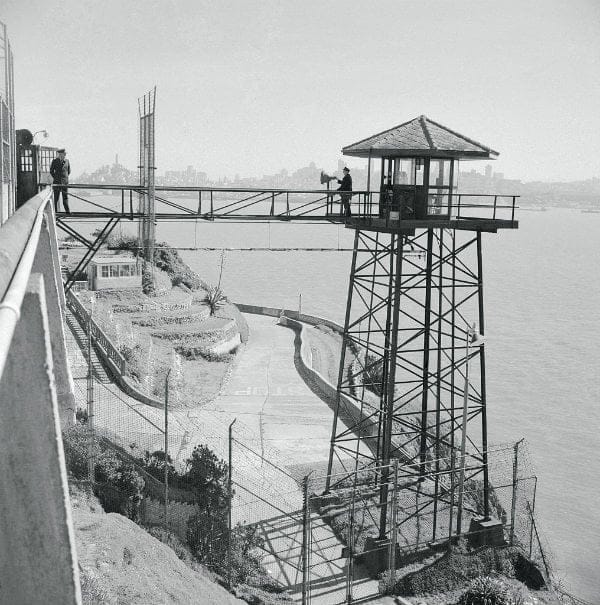
Bettmann/Getty Images
A few more clues came in over the years, but they didn’t amount to much. Finally, on December 31, 1979, the FBI decided to officially end its investigation – concluding that the inmates drowned in the freezing bay.
Cards and Photos from the Anglin Brothers
In 2015, The History Channel looked into the unsolved case. It turns out that the Anglin family had received signed Christmas cards over the years. The handwriting was confirmed to be that of John and Clarence, but the delivery date was unknown.
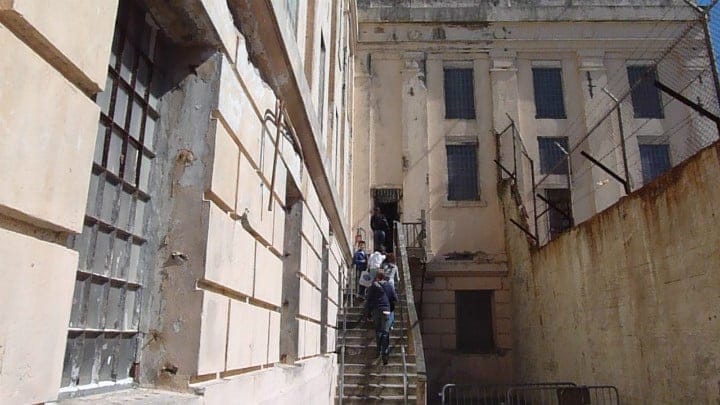
Wikimedia Commons
Not only that, but the Anglin brothers also sent a photograph of themselves in Brazil in 1975. This astonishing find passed forensic scrutiny as well – experts determined that it was “more than likely” from John and Clarence Anglin.
Close Contact
Alongside the Christmas cards and family photos, another piece of tantalizing evidence came in the form of a deathbed confession. Robert Anglin, one of the 13 Anglin siblings, claimed that he was in regular contact with John and Clarence from 1963 to 1987.

Wikimedia Commons
After 1987, Robert lost contact. The Anglin family was in an odd position in terms of contact. Since the Alcatraz prison escape was still an ongoing investigation, the family didn’t want to lead the authorities to their brothers through reestablishing contact or searching for them in Brazil.
Back to the Letter
The 2013 letter from (allegedly) John Anglin continued, “Yes we all made it that night but barely! … I’m 83 years old and in bad shape. I have cancer.” Furthermore, Frank Morris apparently died in Argentina in 2008, and Clarence Anglin died in 2011.
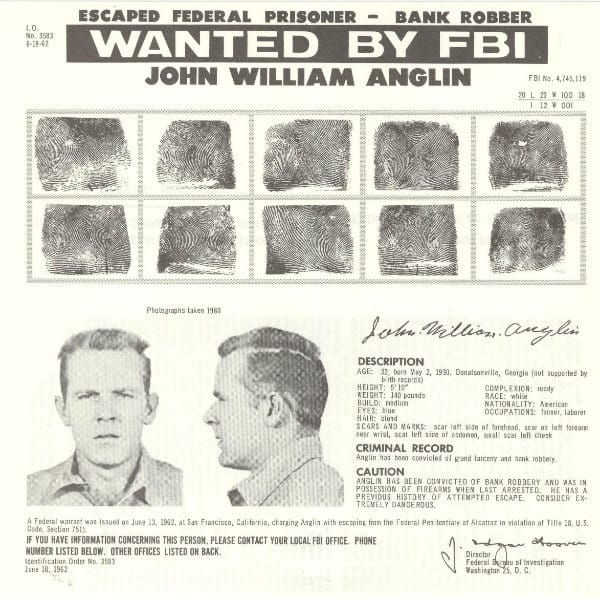
FBI Media
According to the letter, John Anglin spent most of his life post-escape in Seattle and North Dakota. Not only that, but he claimed that as of 2013, he was living in southern California! Only a few hours from where he escaped back in the ‘60s.
Anglin for a Deal
After that bombshell admission, the letter writer continued on by saying that he was in terrible health and needed help. He was willing, if law enforcement was willing, to strike a deal if he was guaranteed medical treatment.

Wikimedia Commons
If the authorities publicly announced that John Anglin would receive medical treatment and get no more than a year in jail, then he would let them know where he was living so they could arrest him. “This is no joke,” he wrote.
Examining the Letter
Before they made any guarantees or public announcements, law enforcement was keen on examining the letter itself to see if it was the real deal. They scrutinized the writing itself and the physical form of the letter to gather all the facts that they could.

Security Today
At the FBI lab, experts meticulously searched the letter for fingerprints and DNA traces. They also compared the handwriting with samples they had from the Anglin brothers and Frank Morris during their time in Alcatraz.
The Results of the Letter Investigation
After all that analysis, the results were anti-climactic, to say the least. KPIX, the San Francisco-based TV station that published the letter, announced to an excited audience that, “the FBI’s results were inconclusive” – they didn’t have a certain answer.

DeAgostini/Getty Images
In trying to further explain this, a KPIX security expert added that it “means yes, and it means no, so this leaves everything in limbo.” This “limbo”, however, leaned toward denying its authenticity – the authorities tended to believe the three men died in 1962.
The U.S. Marshal’s Position
Shortly after the infamous letter was published in 2018, a representative of The U.S. Marshals Service said they believed the letter wasn’t legitimate. Despite that, the Marshals would still follow any leads that came up – at least until the men were 99 years old or proven to be dead.
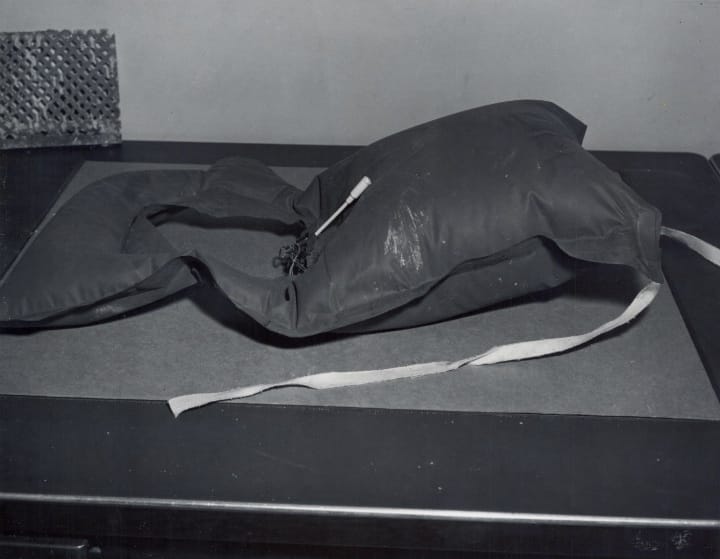
FBI Media
It wasn’t a huge priority for the Marshals, though. The FBI, after 17 years of investigation, failed to find any credible evidence of the men’s whereabouts. So, how likely was it to emerge now?
What Would Happen if the Prisoners Were Found?
The U.S. Marshal Service thought it was pretty unlikely that the men survived the frigid waters. However, a team of researchers showed through computer analysis that the water currents around Alcatraz would have been favorable to the men if they left around midnight.
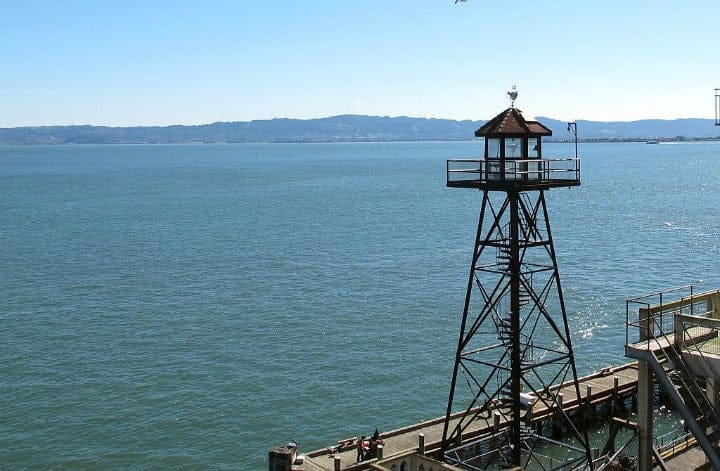
Sabri Celebioglu/Anadolu Agency/Getty Images
It’s hard to say what really happened. Assuming they survived (somehow), the Marshal Service thinks it would be highly unlikely for them to give up their life of crime. So, if the escapees popped up in the future, law enforcement would be there to detain them.
An Alcatraz Guard’s Opinion
In March 2018, a local San Francisco TV station was filming a special about Alcatraz. It had been 55 years since the prison was closed, and the station managed to secure an interview with Jim Albright, one of the last prison guards at Alcatraz.
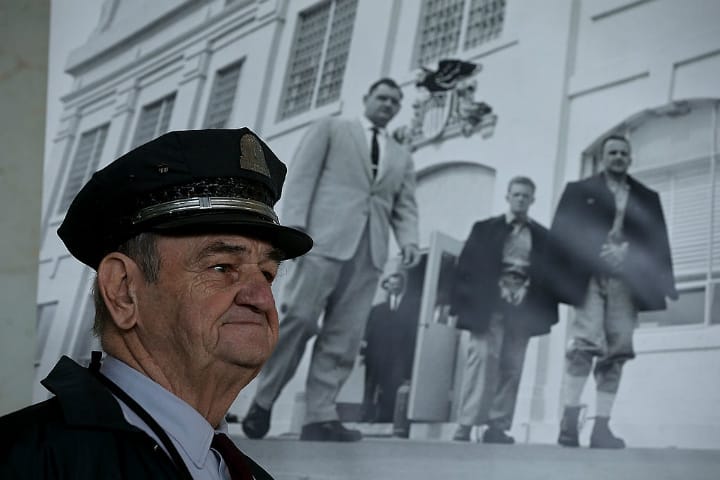
Justin Sullivan/Getty Images
Since Jim was working at Alcatraz during the early 1960s, he was asked about his thoughts on the infamous escape. “I believe they drowned, I really do,” he said. The letter, according to Jim, was just someone trying to get medical treatment.
Where the Escapees Would Be Today
Despite all that time and intrigue, the fates of John Anglin, Clarence Anglin, and Frank Morris are still unknown. Did they perish in the cold waters of the bay way back in 1962, or did they successfully inflate the raft and make it out alive?

Sabri Celebioglu/Anadolu Agency/Getty Images
If we assume the latter, then the three are quite old in today’s world. Clarence would be 90, John would be 92, and Frank would be 95. If caught, they would still be responsible for their crimes for another few years.
Alcatraz Has An Interesting History
The island and prison itself has a peppered and interesting history. Since its opening in August, 1934 and its closing in March, 1963, a lot has gone on behind those walls.
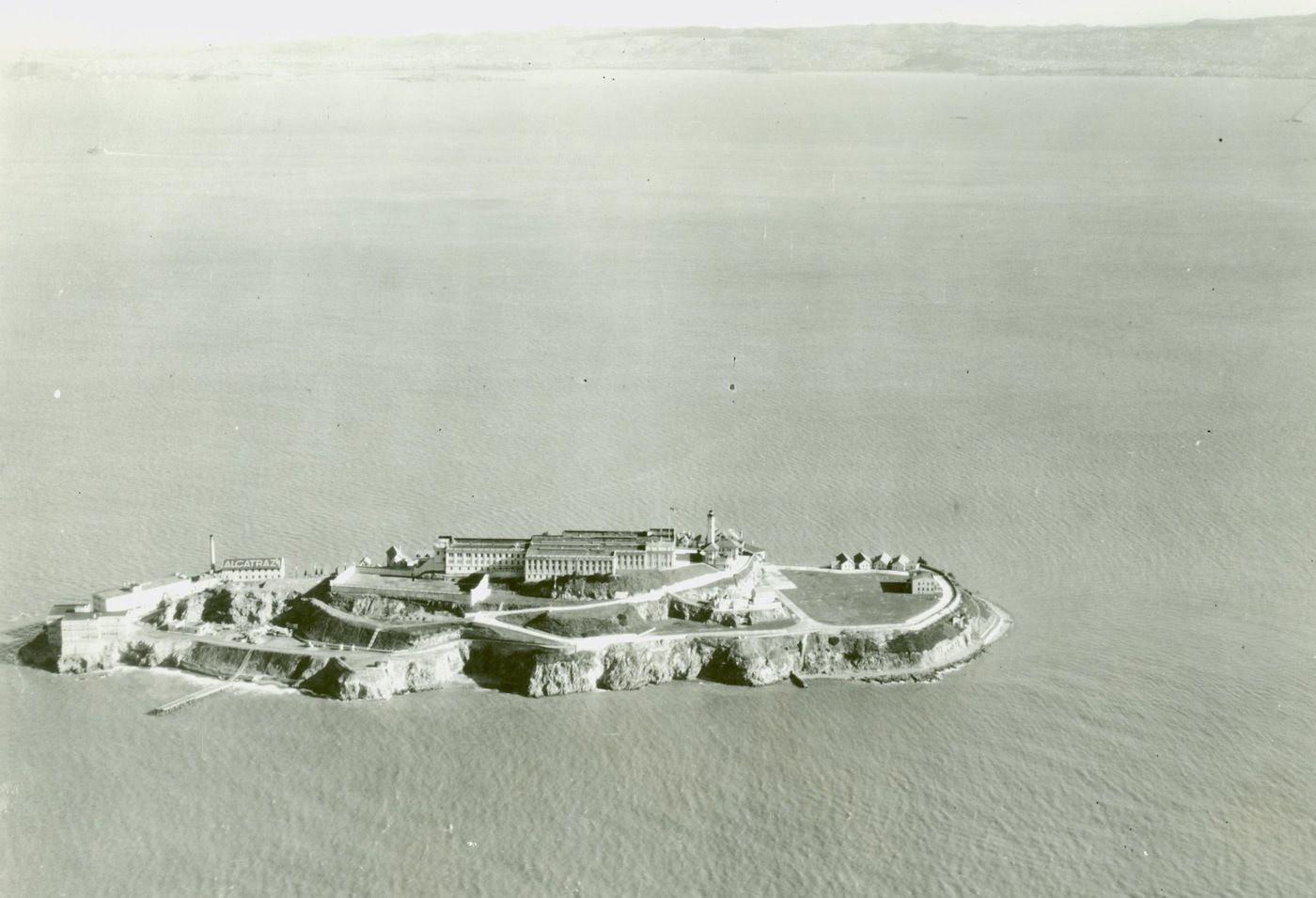
Read on to learn more about the famed and fascinating history of this prison island.
Al Capone Was Among the First to Stay There
The infamous gangster and mob boss, Al Capone was among some of the first prisoners to be sentenced to Alcatraz the same month it opened in August 1934.
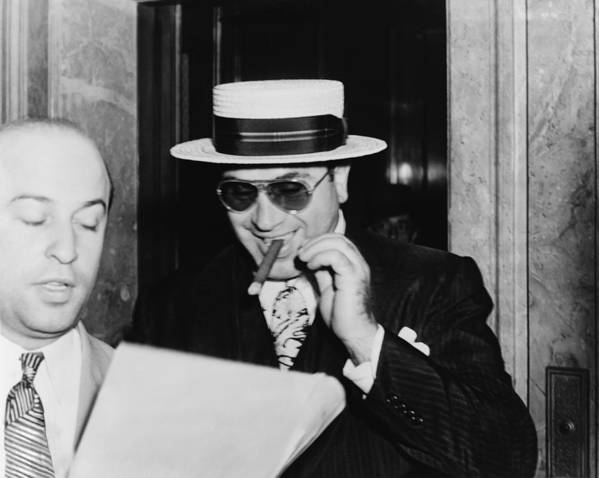
Al Capone bribed guards and got special treatment while serving his tax-evasion sentence in Atlanta. It was not the case on the prison island. “It looks like Alcatraz has got me licked” he is reported saying to his warden.
Al Capone Was In a Band
Alcatraz apparently got Al Capone so “licked” that he eventually became cooperative. The number 85 inmate became so cooperative that he was allowed to play his banjo in a band in the prison.
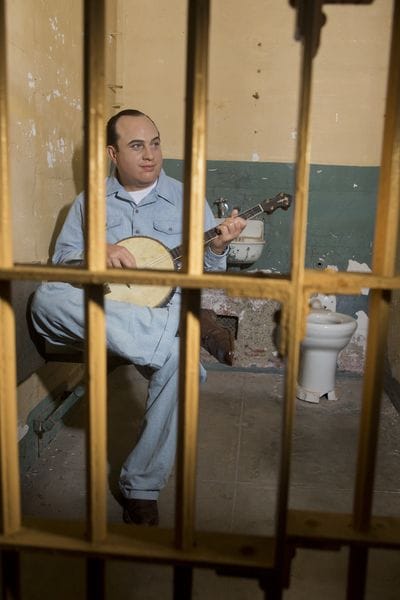
The band was called the “Rock Islanders” and they gave regular Sunday concerts for the other inmates.
Alcatraz Is Named for Sea Birds
Before prison inmates occupied its shores, the island was home to large colonies of brown pelicans. A Spanish Lieutenant named Juan Manuel de Ayala became the first known European to sail through the Golden Gate in 1775.
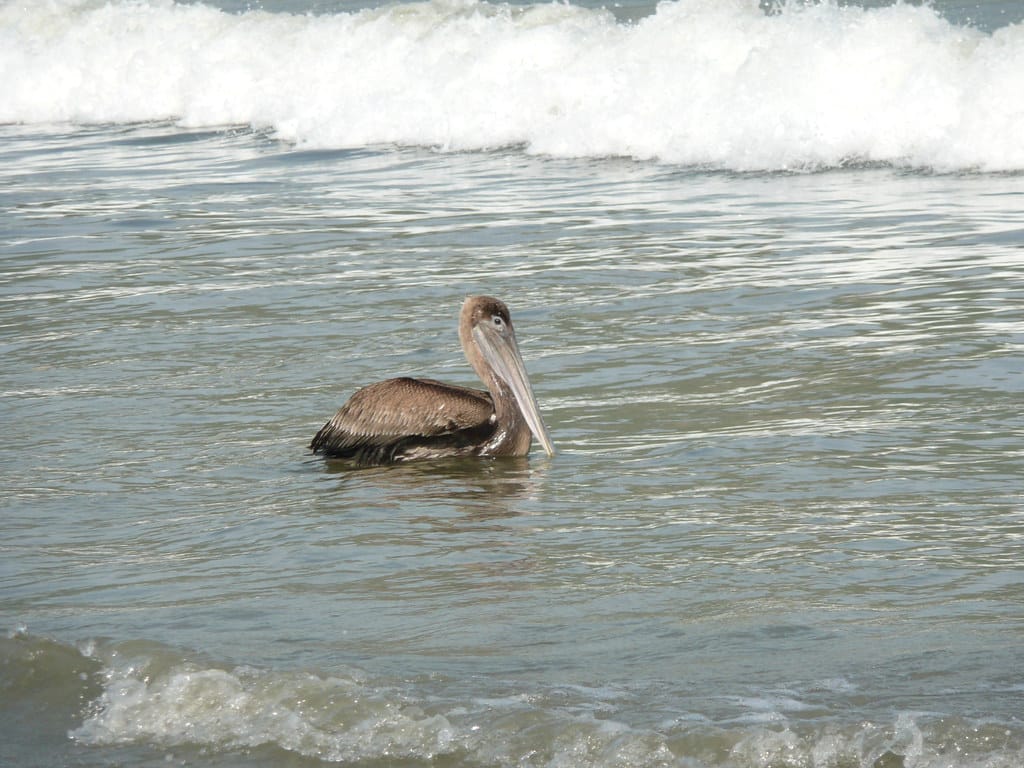
The man called the island “La Isla de Los Alcatraces” meaning “Island of the Pelican.” The name was eventually Anglicized to “ Alcatraz.”
Native American Occupied the Prison After It Closed
Six years after the prison shut its doors, 100 Native American activists took over the Island in November 1969. They cited a treaty that granted unoccupied federal land to Native Americans.

They wanted to establish a university and cultural center. Federal marshals removed the last of the protestors in June 1971, but some of their graffiti remains.
Military Prisoners Were Alcatraz’s First Inmates
During the Civil War prisoners were put onto Alcatraz Island. Prisoners included Union deserters and Confederate sympathizers. The cells were also used to imprison Native Americans who had land disputes with the federal government.
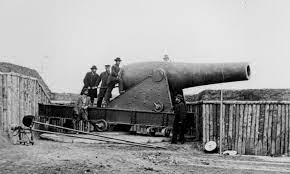
American soldiers who deserted to the Filipino cause during the Spanish-American War, as well as Chinese civilians who did not want to join the Army during the Boxer Rebellion.
Alcatraz Homed the Pacific Coast’s First Lighthouse
In 1854 a small lighthouse was activated on the rocky island of Alcatraz, becoming the first of its kind on the West Coast of the United States.

The lighthouse became unused in the early 1900s after the U.S. The Army built a cell house that blocked its view of the Golden Gate. However, a new and taller lighthouse replaced it in 1909.
Alcatraz Was Not a Place for the Worst Criminals
Although legend goes that the worst of the worst were sent to Alcatraz, that was not necessarily the case. It was the convicts who were in most need of an “attitude adjustment,” the most disobedient inmates in the penal system.

These prisoners had bribed guards, attempted escapes, and a stay at Alcatraz was meant to kick them into shape before they could return to the other federal facilities.
It Was Actually Possible to Swim to Shore
It was assumed by Federal officials that escaping inmates could not survive the swim to the mainland. The water was cold and violent, so the assumption had merit.
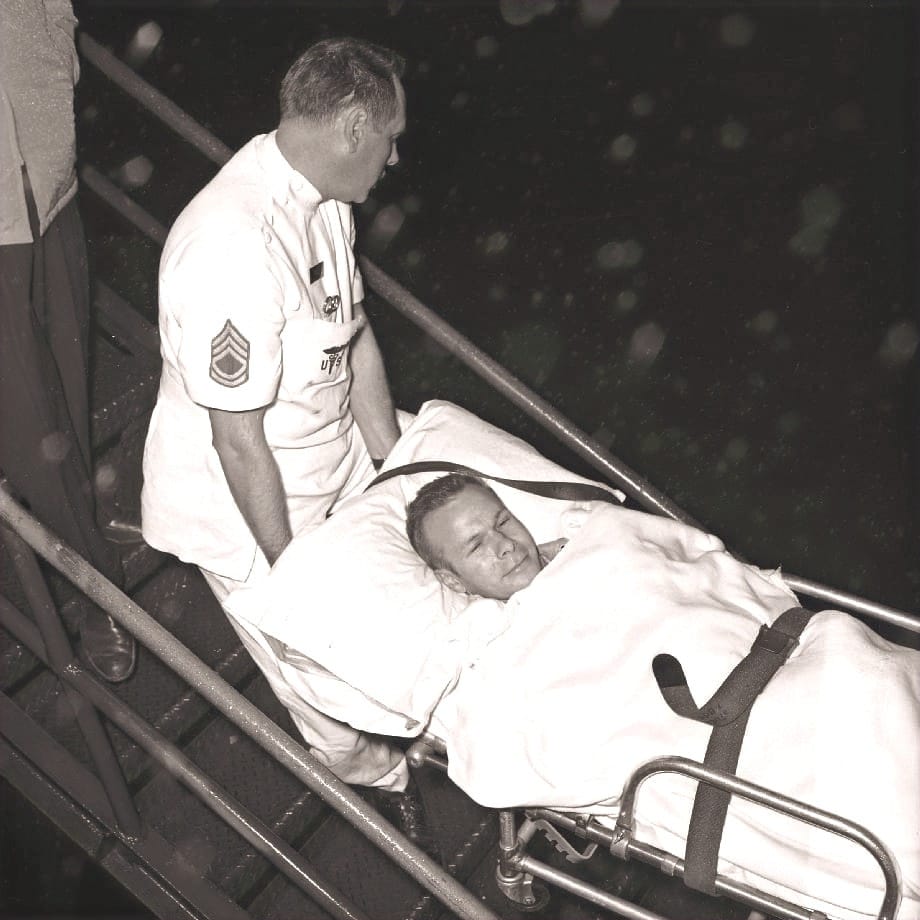
However, a prisoner named John Paul Scott proved that to be false in 1962. He bent the bars of a kitchen window and swam successfully to shore.
He Was So Close
While John Paul Scott did make it to shore, he was “close but no cigar” as the old adage says. He was so exhausted that upon reaching the shore he became unconscious.

The police discovered him lying unconscious at the foot of the Golden Gate Bridge. He was in hypothermic shock after swimming the 1.5-mile distance.
People Now Swim Annually From Alcatraz Island
In a triathlon called “Escape From Alcatraz,” 1,700 people swim from the island to the San Francisco mainshore. The event is grueling and also extremely hard to get into.
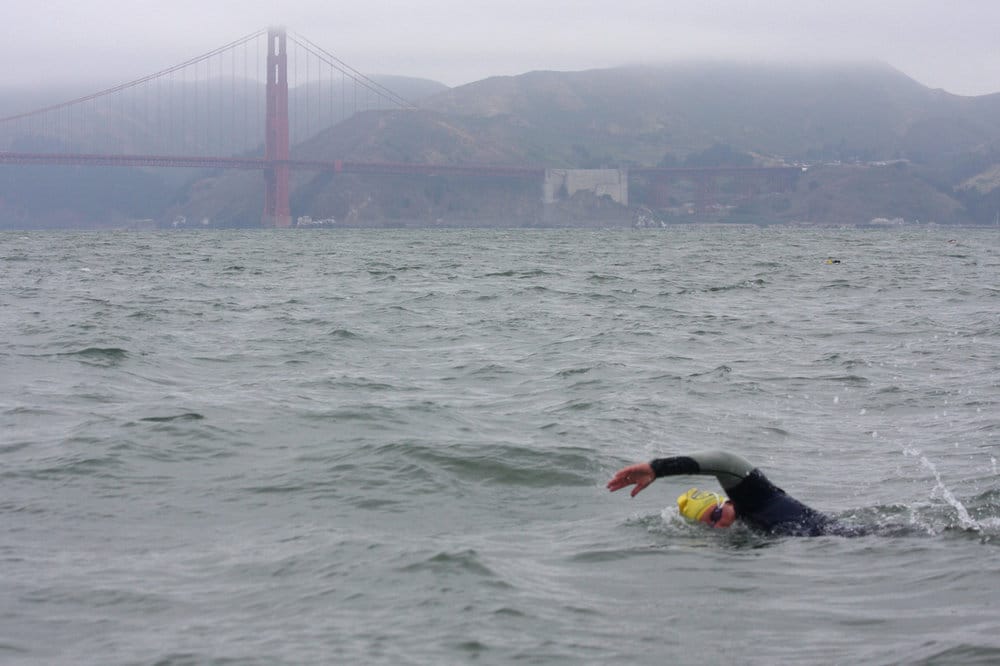
Contestants must submit an entry to their lottery system 9 months before and even then only have a 40% chance of getting into the triathlon.
Some of the Conditions Attracted Inmates
The one-man-per-cell set up of Alcatraz appealed to some inmates as they felt safer from attacks from other inmates. Furthermore, the first warden, James A. Johnston knew that food was often terrible in other prisons and the cause of prison riots.

Because of this, he prided himself on having good good and allowed inmates to return as many times as they’d like for re-ups. Also, prisoners who behaved were granted special privileges such as monthly movies and access to 15,000 books.
